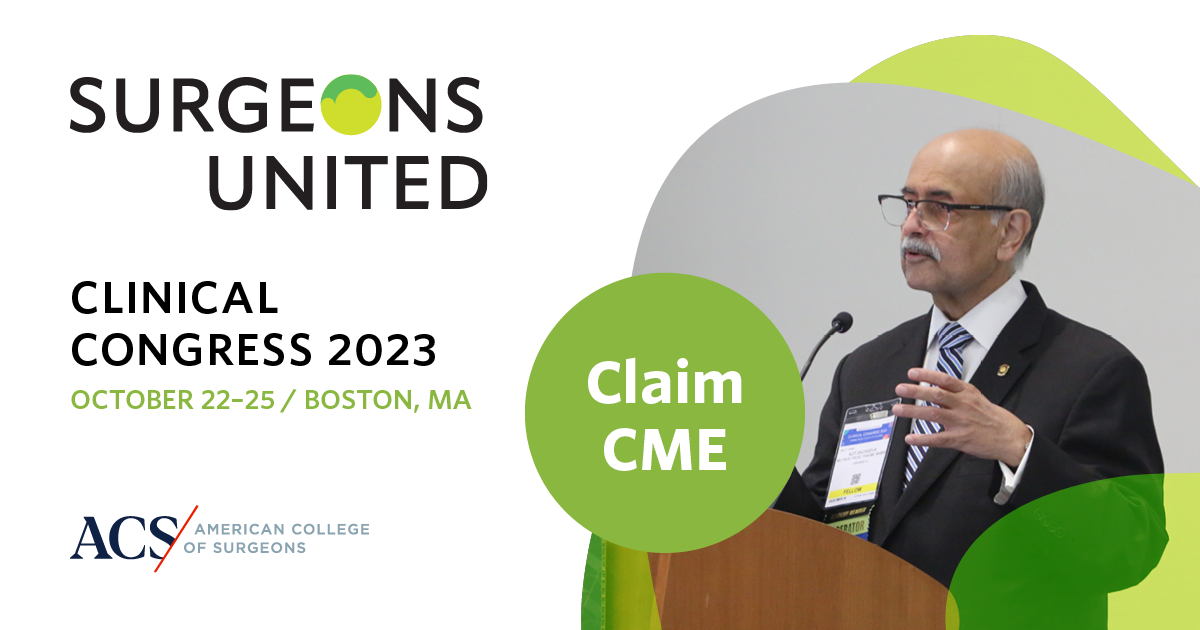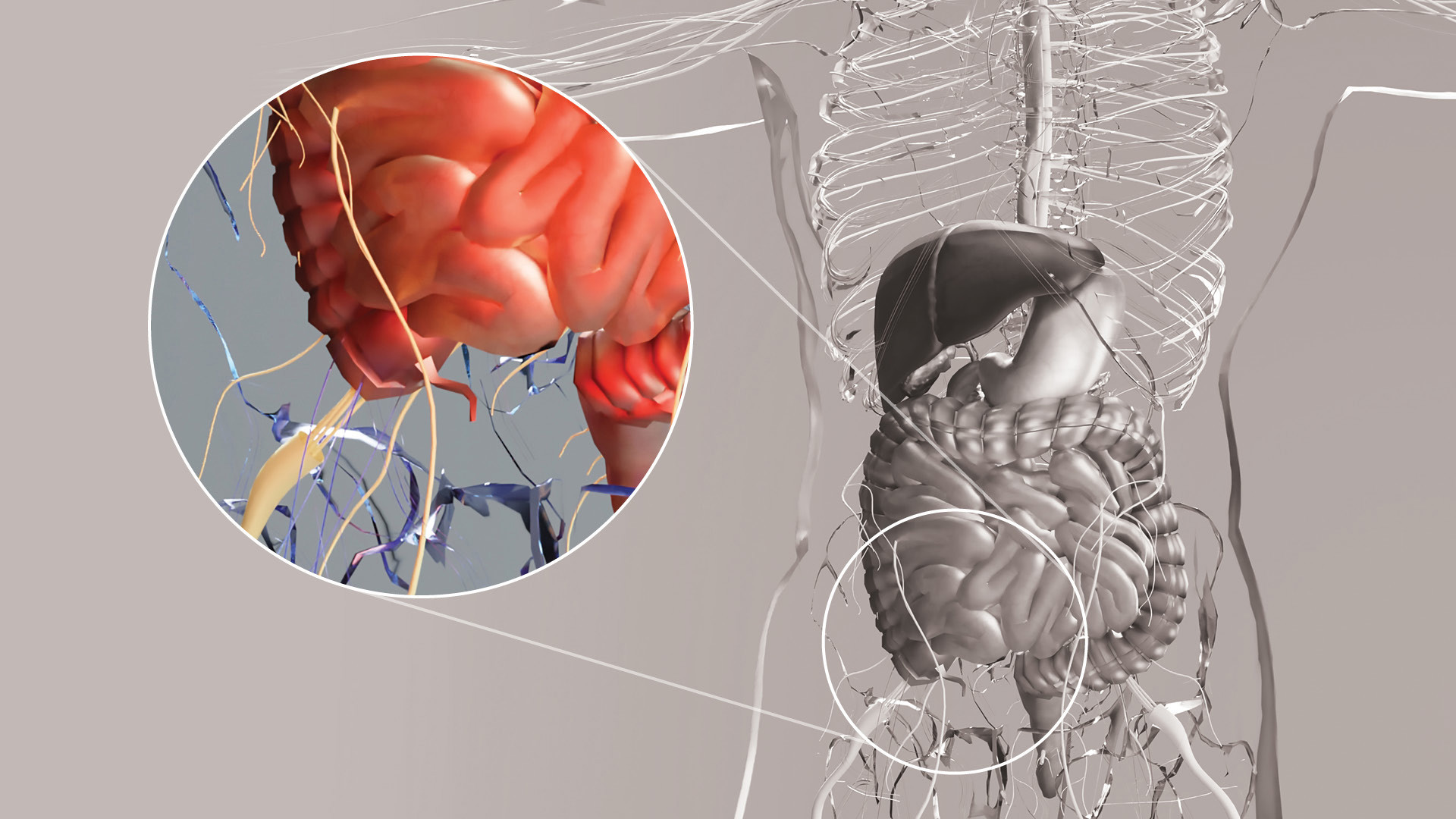Omission of Axillary Dissection in Breast Cancer with Sentinel Node Metastases Is Safe with Adjuvant Therapy
de Boniface J, Tvedskov TF, Rydén L, et al. Omitting Axillary Dissection in Breast Cancer with Sentinel Node Metastases. N Engl J Med. 2024;390:1163-1175.
McGuire KP. Axillary Dissection, The Bell Tolls for Thee. N Engl J Med 2024, 390;13:1231-1232.
Data from published research have suggested that omitting axillary dissection for patients with breast cancer and known positive axillary sentinel nodes is safe so long as guideline-compliant neoadjuvant and adjuvant therapies are used. Omission of axillary dissection prevents the significant morbidity associated with post-dissection lymphedema.
However, weaknesses in the available research data have limited the adoption of this practice. This randomized, noninferiority trial recruited patients (n = 2,540) from five European countries. Included patients had T1-T3 breast cancer and 1-2 positive axillary sentinel nodes. Patients were randomized to receive completion axillary dissection or sentinel node biopsy only. Neoadjuvant and adjuvant therapy was used for both groups in compliance with accepted guidelines; compliance with the use of axillary radiation therapy approached 90%.
5-year recurrence-free survival was 89.9% in the sentinel node biopsy group and 88.7% in the axillary dissection group. The authors concluded that omission of axillary dissection was safe with the use of accepted adjuvant therapies.
In the editorial that accompanies the article, McGuire noted that omission of axillary dissection is safe in properly selected patients, but axillary staging continues to have an important role in the management of patients with breast cancer.
Newly Graduated Surgeons Have Increased Mortality and Complications, Suggesting Need for Improving Readiness
Howard RA, Thelen AE, Chen X, et al. Mortality and Severe Complications among Newly Graduated Surgeons in the United States. Ann Surg. 2024;279:555-560.
Acker RC, Kelz RR. Cutting through the Learning Curve: The New Surgeon Battle Between Inexperience and Competence. Ann Surg. 2024;279:561-562.
The study reported in this article used 2007–2019 data from national Medicare databases to compare rates of mortality and severe complications in patients (n =1,329,3580) who underwent core general surgery procedures performed by surgeons in their first year of practice with similar operations performed by mid-career surgeons.
The data analysis showed that rates of mortality and severe complications were 5.5% and 7.5% in patients cared for by surgeons in their first year of practice versus 4.7% and 6.9% in the patient group cared for by mid-career surgeons. These differences were statistically significant.
The authors said these data suggest that changes in surgical residency training may be needed to improve surgeons’ readiness for independent practice and reduce the risk of mortality and morbidity.
In the discussion section of the article, they noted that national surgical organizations with significant roles in graduate education are developing initiatives to improve readiness for independent practice. The Entrustable Professional Activities program promulgated by the American Board of Surgery is one example.
In the editorial by Acker and Kelz that accompanied the article, the authors noted that the observed differences in mortality and morbidity are small and achieved statistical significance because, at least in part, of the large sample size. Questions regarding the clinical significance of these differences will likely be raised. They emphasized that these findings present targets for improvement and deserve further study to completely characterize the causes of the differences and identify potential pathways to improved outcomes for early career surgeons.









